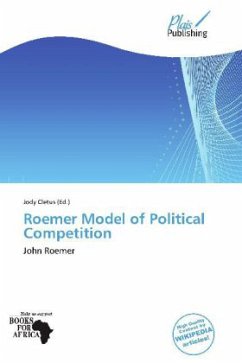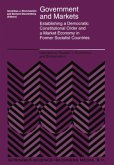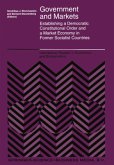Please note that the content of this book primarily consists of articles available from Wikipedia or other free sources online. The Roemer Model of Political Competition is a game between political parties in which each party announces a multidimensional policy vector. Since Nash Equilibria do not normally exist when the policy space is multidimensional, John Roemer introduced the concept of Party-Unanimity Nash Equilibrium (PUNE), which can be considered a generalization of the concept of Nash Equilibrium in models of political competition. It is also a generalization of the Wittman Model of political competition. In Roemer's model, all political parties are assumed to consist of three types of factions opportunists, militants, and reformers. Opportunists seek solely to maximize the party's vote share in an election; militants seek to announce (and implement) the preferred policy of the average party member; and reformers have an objective function that is a convex combination of the objective functions of the opportunists and militants. It has been shown that the existence of reformers has no effect on what policies the party announces.
Bitte wählen Sie Ihr Anliegen aus.
Rechnungen
Retourenschein anfordern
Bestellstatus
Storno








